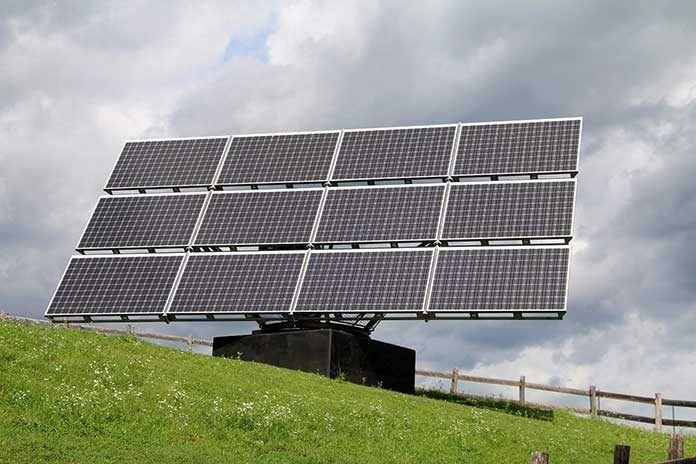Various scientists are now trying to develop an effective and advanced solar cells. However, solar cells play an essential role in storing a large amount of solar energy. Recently, you came to know about a step cell: a new type of solar cell which is more effective and cost efficient. Now, EPFL scientists are now able to track the fate of charged pairs in an advanced type of solar cells. They used a novel and unique technique called as an ultrafast time-resolved electroabsorption spectroscopy (TREAS) to accelerate advanced solar cells. It allows following the predestination of charge pairs photogenerated in the polymer. TREAS technique developed at Moser’s lab in last three years.
Generally, light produces opposite charges in the active layer of photovoltaic cells. Then the charges must be separate immediately as possible to keep them from recombining. An inbuilt electric field lifts Positive charges to one metallic contact. Negative charges lefts in the opposite direction to another electrode. Although, this technique allows real-time measurements of the separation distance of charges generated by light in the active layer.
This novel and unique technique actually depend on the optical probing of the efficient electric field experienced by a material. An external field is then applied to the device. It causes electroabsorption or the Stark effect. Means it affect the absorption spectrum of materials that develop its photoactive layer.
After that charges produced by the ultrashort laser pulse. These start to separate, inducing a counter electrical field that opposes the externally applied one. Thus, the amplitude of the electroabsorption signal decreases in real time with pico- to femtosecond resolution.
According to scientists, research creates a better understanding of the mechanisms of light-induced charge separation in this type of photovoltaics, as well as of the effect of the morphology of the polymer:fullerene blend. It is essential for designing more efficient solar energy converters.
Read more articles on Solar Cell
